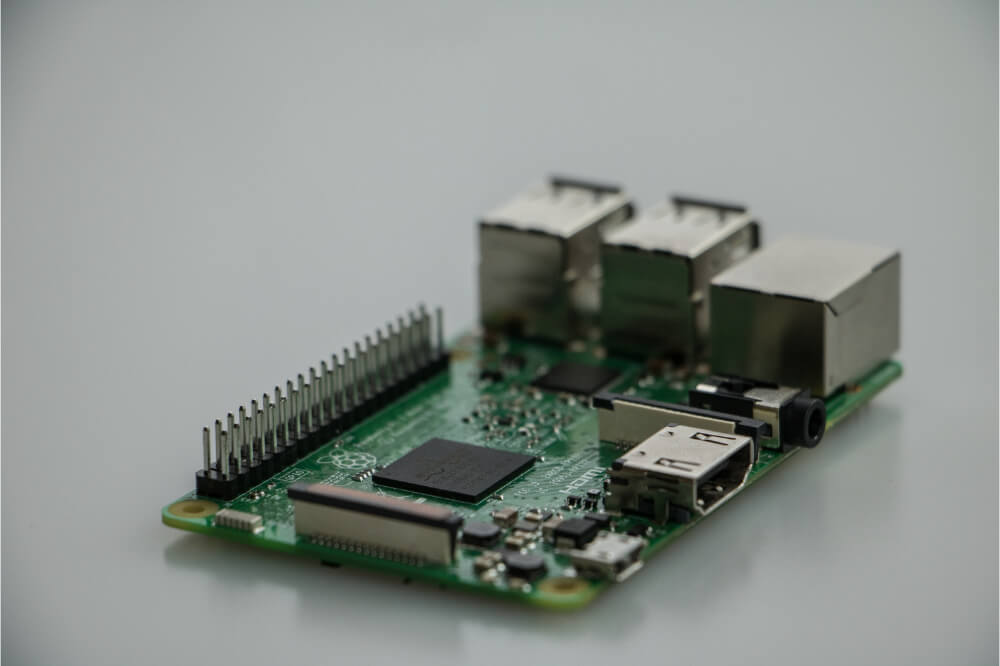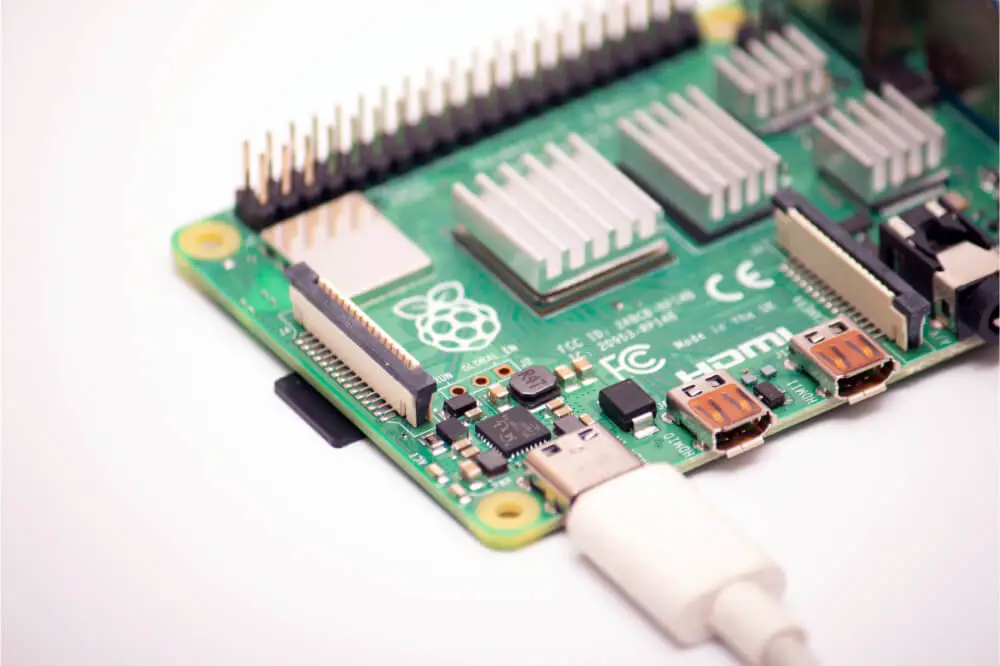Raspberry Pi is among the most popular single-board computers, with applications spread over many areas such as robotics and home automation. One of these computer’s standout attributes is its ease of operation, which initially made it famous in schools for teaching computer basics.
A step into its operation, you understand that it needs a browser to access the internet. There are several browsers to pick, one of them being Midori. It is a browser developed with the philosophy of making the most out of available resources, something that it is proving to be good at.
When paired with a system such as Raspberry Pi, you are sure of excellent results and a show of flexibility.
A Look at The Midori Browser
The Midori browser has been a mainstay ever since its development and introduction in 2007. Aside from its resourcefulness, hinted by its operating principle, it is also well-known for its simplicity. It uses Webkit’s resources, which is also the rendering engine for Apple’s Safari web browser.
It is a default browsing tool in some Linux distributions such as Trisquel Mini and SliTaz and was formerly used in Elementary OS and Bodhi Linux. While Midori does not have much in extensions and other supporting features, it makes up with a decent performance, mostly when used with equally simple computer systems.
Working with the Raspberry Pi System
Midori works well with Raspberry Pi and is one of the top lightweight browsers compatible with this single board computer and its associated operating system, Raspbian. Initially, it was the default browsing tool for the older Raspbian OS.
Midori is a free and open-source, meaning you have the license to use and change it. Its lightweight nature means it won’t take much space in the system, further boosting its friendly attributes.

Installing Midori on Raspberry Pi
If you settle on Midori as your suitable tool, you should install it. Installation is a straightforward process, as evident from the highlighted steps. Before you begin the installation, tick the following on your checklist:
- Raspberry Pi 2 or 3
- Stable power source
- External storage media such as an SD card
- Internet connection. You can use an Ethernet cable or connect via a Wi-Fi dongle.
Step 1: Ensure That You Have the Right Resources
The first step is to ensure that you have the right resources to install the browser. Check that Raspbian and its packages are up to date and running. To check if you have the right backing, initiate the following command prompts:
- sudo apt-get update
- sudo apt-get upgrade
If the packages are well off, you can proceed to the next step.
Step 2: Installing Midori
To install Midori, initiate the indicated command prompt:
sudo apt-get install Midori
Step 3: Reboot the Device
For efficiency purposes, you can restart your device, though it is optional. You can use this command prompt to reboot the computer:
sudo reboot
Step 4: Launching the Browser
Once installed into the system, you launch it to start browsing. You access it by clicking on the menu tab, followed by the internet, and you will see the browser among options. Click on its icon to launch it and explore the internet.
A point to note in how to install Midori on Raspberry Pi is that you can enable Snaps; these are the applications set together with their dependencies. This automatically-updating runs on most of the popular Linux distributions.
Additionally, you may use these steps to install other lightweight browsers, with a few tweaks.
How to Optimize Midori on Raspberry Pi
With a browsing tool like Midori installed on your Raspberry Pi device, you need to boost its performance to get the best out of it. Here are some of the ways on how to optimize the browser.
Dealing with Slow Startup
Midori has an average performance, and you may notice it through its slow startup process. By default, this browser will open all previously used tabs, making it very slow. To deal with this issue, go to the settings menu and select preferences, then click on the preferences tab. Click on ‘show speed dial’ or ‘show last tabs without loading.’
Improving Speed
You can also speed up the browsing speeds of this tool. However, you will lose an edge in functionality, where some sites may be inaccessible. When you want more speed, go to the settings tab and select preference, followed by the behavior tab. Make changes on ‘load images automatically,’ ‘enable scripts,’ and ‘enable Netscape plugins’ options.
Standout Features of Midori
- Supports bookmark management and has a customizable interface, a show of its adaptability.
- Midori supports user-styles and user-scripts.
- Its in-built ad blocker conserves the computer’s RAM resources from filling up or landing at malicious sites.
- The browser allows for private browsing.
- The speed dial feature lets you have your favorite websites’ bookmarks on your homepage for easy access.
- It supports several extensions, which will improve your browsing session.
- You can configure the search engine to your preference.
Benefits of Midori on Raspberry Pi
- This gateway tool is lightweight, meaning it won’t take much space on the system.
- It is easy to use on Raspberry Pi, primarily when you note that Midori was formerly Raspbian’s default browser.
- You can easily customize it to your preference.
- Optimization is a simple process, especially when increasing speed.
Final Word
Midori is one of the most popular lightweight browsers, with many users appreciating its economy on storage space and ease of use. It can work perfectly with Raspberry Pi, a single-board computer, which is also easy to use.
As severally mentioned in this article, Midori was the default browser for older Raspbian versions, meaning the two are compatible. Outlined are the steps to follow to install the browser on Raspberry Pi. The steps are easy to follow, consisting of a set of command prompts, starting by ensuring you have the right Raspbian resources.
Once installed, launch it and begin an incredible online experience. You can optimize its speed on the settings tab, but be aware that you may lose some web pages’ functionality.

